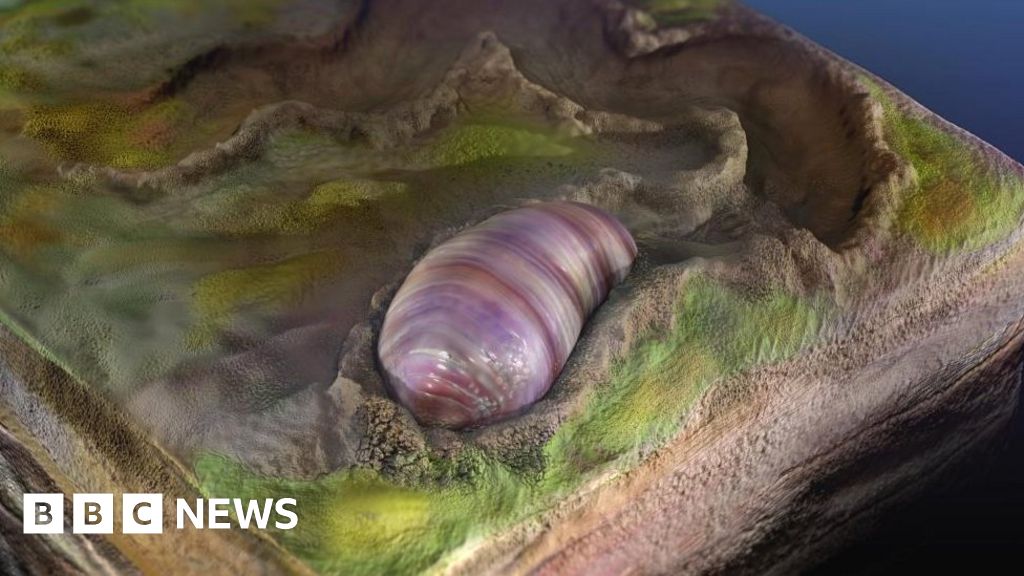To set the record straight, what the poster actually meant was that Pasteur refuted "spontaneous generation". Spontaneous combustion is typically the initiation of a fire in piles of chemical-soaked rags etc., resulting in the rapid consumption of oxygen by chemicals in the rags via an exothermic reaction, resulting in the destruction of the rag and the creation of new chemicals and heat.
He was quite correct on the issue of time, however.
Spontaneous generation was dis-proven by Pasteur with his famous use of sterilized liquids in glass, and demonstrated that any life that grew in them must have been a contaminant from outside the flask, which it was. They were superbly conducted experiments, where he looked at sealed vessels of boiled fluids, and some with open swan neck flasks of boiled fluids, etc. He adequately demonstrated that "spontaneous generation" from mere liquid or "pure" air could not produce life. And he was right. He was up against the opposing ideas that air itself could cause spontaneous generation. What foolishness. He destroyed their myths once and for all.
But Pasteur was relying too heavily on the "magic wand" notions of older research, which has no place in science today. While his experiments disproved the "spontaneous" appearance of life in his studies, they did not rule out the appearance of life from inanimate chemicals (as his research clearly implied at the time). So they stuck with a process known as "biogenesis", which is life from life. But before you can have that, one must undergo a process known as "abiogenesis".*
Regarding Mercury, while we certainly need a catalyst (many of them actually at the molecular level), what we need most are the appropriate conditions for life to arise. These are liquid water and the correct elements and enough time. Now the term spontaneous (cut out of a dictionary) is : the result of a sudden inner impulse or inclination. That is to say, Pasteur was looking for something that was going to happen quickly - a few days or weeks perhaps. The origin of life, as science tells us, requires very exacting conditions of liquid water, complex chemical mixtures, an appropriate temperature that is stable for at least some millions of years, and that one thing previously mentioned : a catalyst.
And that catalyst is likely the first proto-biopolymer that emerges from this watery mix which can replicate itself, and more remarkably, for some totally unknown reason. And it continues to do so and continues to gain in complexity. This then is the initiation of abiogensis since chemical self-replication is at the very core in the origin of life, and its continuation. It happened on earth over 3 billion years ago (so we know it happens!), and Mercury has all the elements for that to occur. But you must have chemical evolution before living evolution. Abiogensis is one of the greatest mysteries of any time. Pasteur was simply too impatient I think, since, again, the process would almost certainly take millions of years. Time he didn't have to fool around with, I suppose.
Sadly, Mercury found itself too close to a big nuclear furnace, and could almost certainly never host the conditions for life.
*
https://en.wikipedia.org/wiki/Abiogenesis

 en.wikipedia.org
en.wikipedia.org


